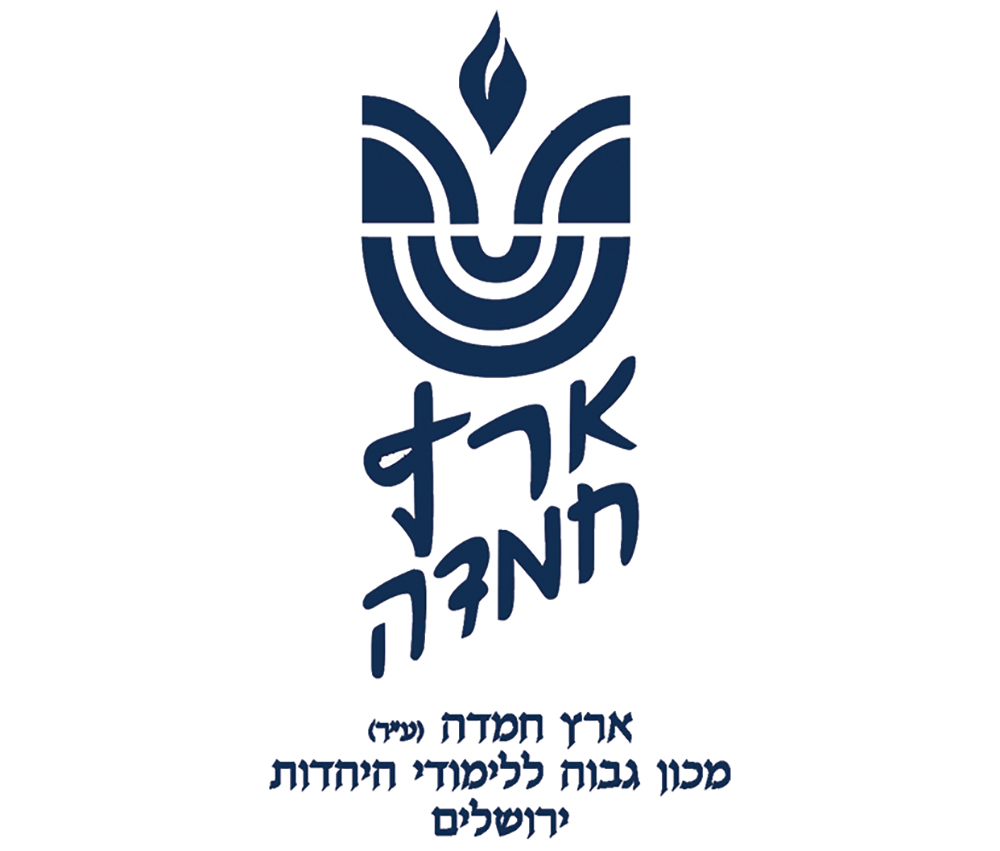
לעילוי נשמת
יואל אפרים בן אברהם עוזיאל זלצמן ז”ל
Question: What do you suggest we do on Erev Pesach this year, which is on Shabbat, regarding when and what to eat?
Answer: Among the valid solutions to the challenges of Erev Pesach on Shabbat, people must determine the most practical solutions, according to the halachic possibilities their rabbis present. One practical assumption is that people will use only Pesachdik and/or disposable utensils, keeping remaining chametz separate. Challah is needed for the first two Shabbat meals and is preferred for seuda shlishit (Shulchan Aruch, Orach Chayim 291:5), which should be held in the afternoon (ibid.:2). Since the prohibition to eat chametz begins after “four hours” (around two hours before halachic midday—consult a local calendar) something must give. Let’s take a meal-by-meal look.
Friday night meal: Halachically, almost anything goes. Those who don’t want to worry about keeping chametz around can eat matzah according to most poskim. If one has the minhag not to eat matzah from the beginning of Nisan, matzah ashira, often called “egg matzah,” is an alternative.
Shabbat morning meal: If one finishes eating chametz (not necessarily the whole meal) by the end of the 4th hour, accomplished by davening very early, matters are halachically simple. (Getting rid of crumbs or leftovers by the end of the 5th hour is solvable and beyond our present scope.) Matzah is desirable for situations when it is hard or nerve-racking to deal with chametz. However, Chazal forbade eating matzah on Erev Pesach—according to most—from the beginning of the morning, so that when we eat it at the seder, it will be clear that it is for the mitzvah (see Rambam, Chametz U’matzah 6:12). However, one may eat matzah that cannot be used for the mitzvah (Shulchan Aruch 471:2), primarily, matzah ashira, which is kneaded with liquids other than water (see Pesachim 35a). If it contains no water, most Rishonim rule that it cannot become chametz, and one would seemingly not need to rush.
Yet, there are two issues. Firstly, as Ashkenazim are stringent to treat matzah ashira as possible chametz, which is permitted to eat on Pesach only in cases of great need (Rama 462:4), the time issue reawakens. (Some poskim rely on the Noda B’Yehuda (I, Orach Chayim 21) that it is sufficient to be wary of matzah ashira only after midday of Erev Pesach). Secondly, matzah ashira may have a status of pat haba’ah b’kisnin—similar to cake—making it a questionable substitute for challah. (Igrot Moshe Orach Chayim I, 155 explains that this is not a problem on Shabbat, but still seems to prefer challah when convenient. To see Rav O. Yosef’s preferred solution, see Yechave Daat I, 91).
Seuda shlishit: We mentioned the two preferred opinions about how normally to perform seuda shlishit, which conflict this Shabbat. One is to eat bread at seuda shlishit. The other is to have seuda shlishit after midday, at which time chametz and matzah are forbidden, and matzah ashira problematic for Ashkenazim. The Rama (444:1) says that we eat other foods—such as fruit or meat—at this seuda shlishit. The Mishna Berura (444:8) cites a different solution, of breaking up the morning meal into two, so that one can fulfill seuda shlishit on challah or matzah ashira at that time. He points out that there should be some break between the two meals, to avoid a problem of an unnecessary bracha. However, he does not say how long that should be. Opinions range from a few minutes to half an hour, with some suggesting taking a short walk in between (see Piskei Teshuvot 444:6). One who is not usually careful to have challah at seuda shlishit throughout the year need not consider this idea. He can eat a normal seuda shlishit for him (no bread) in the afternoon, preferably earlier than usual to leave a good appetite for the seder. Even those who are stringent about seuda shlishit may follow the Rama over the Mishna Berura’s suggestion, which is somewhat counter-intuitive and not without halachic problems. Sephardim, who can use matzah ashira, must do so three hours before sunset (Shulchan Aruch, Orach Chayim 471:2).
Rabbi Mann is a dayan for Eretz Hemdah and a staff member of Yeshiva University’s Gruss Kollel in Israel. He is a senior member of the Eretz Hemdah responder staff, editor of Hemdat Yamim and the author of “Living the Halachic Process, Volumes 1 and 2” and “A Glimpse of Greatness.”








